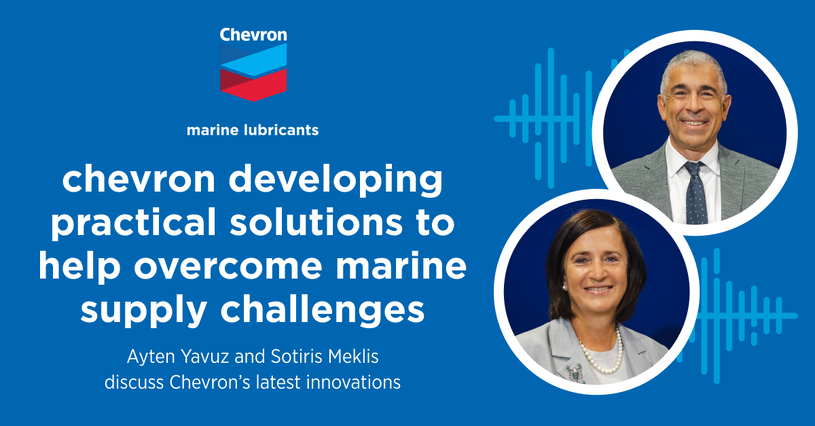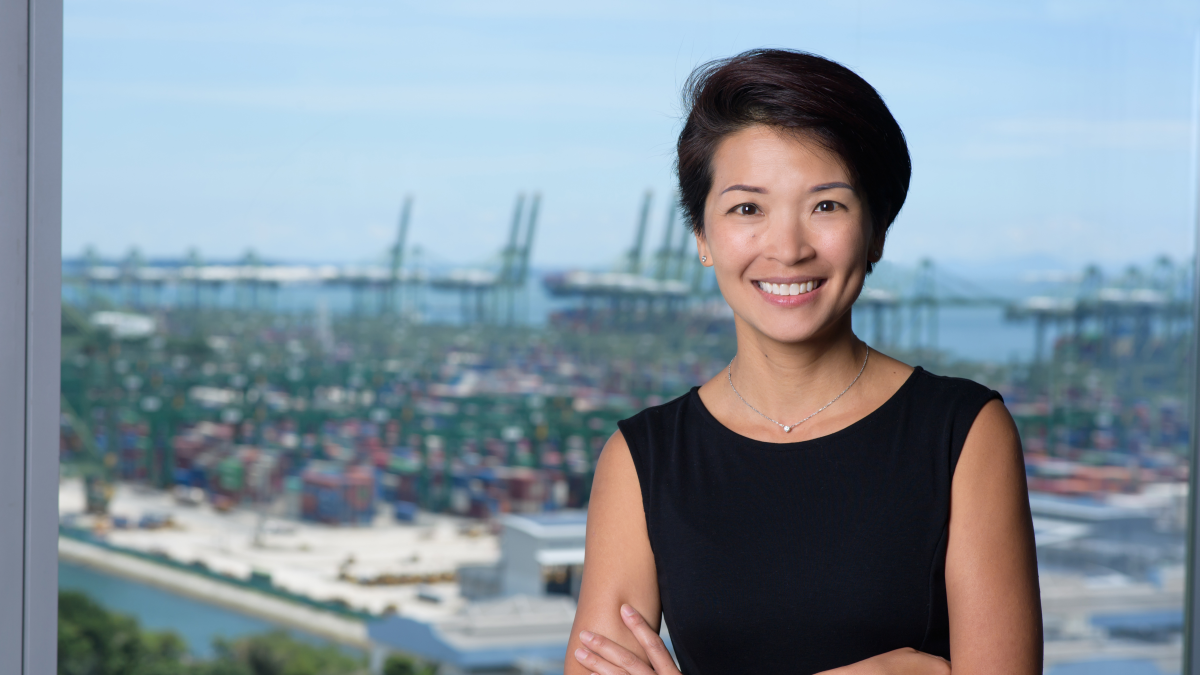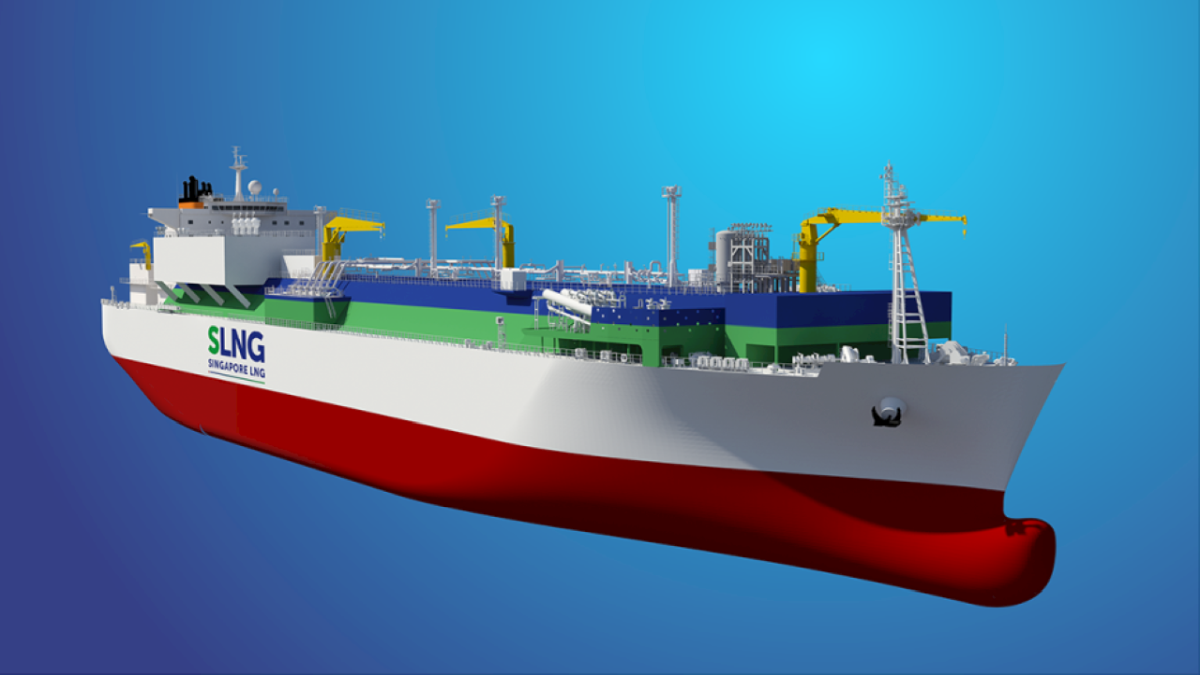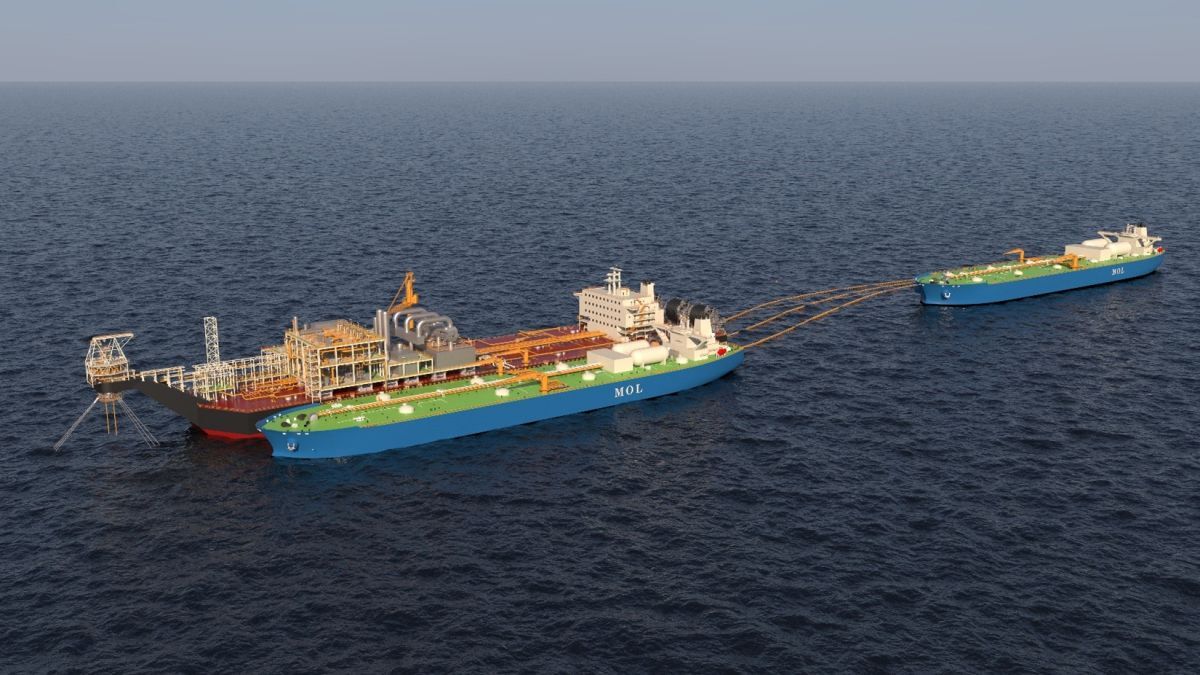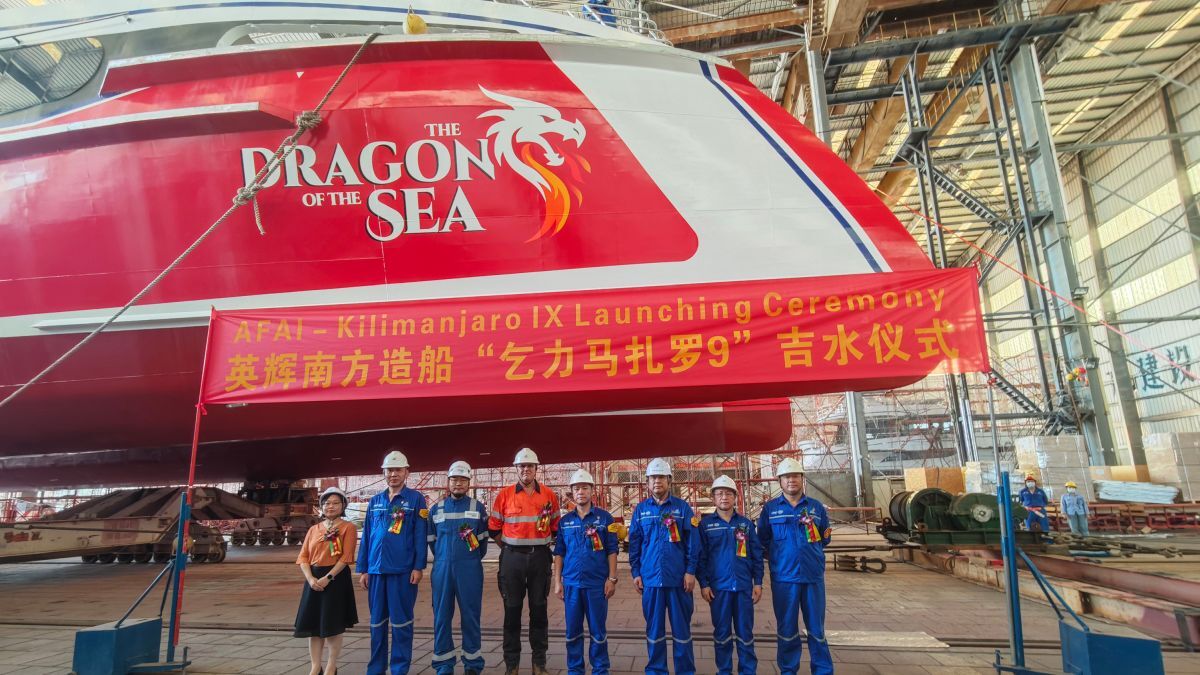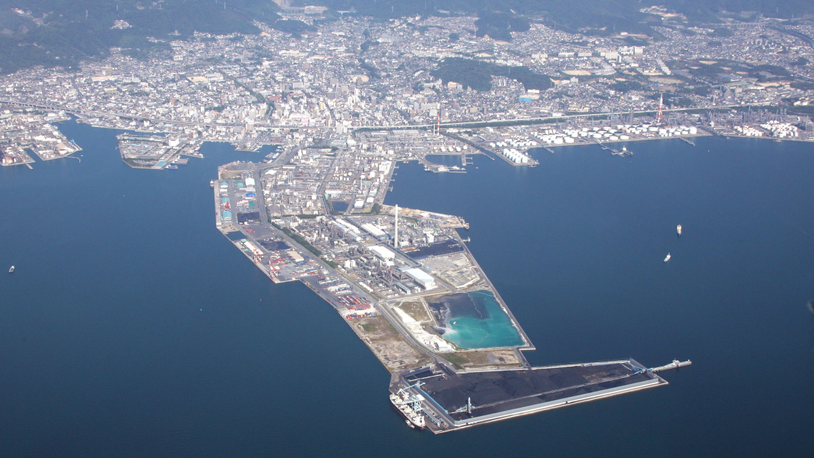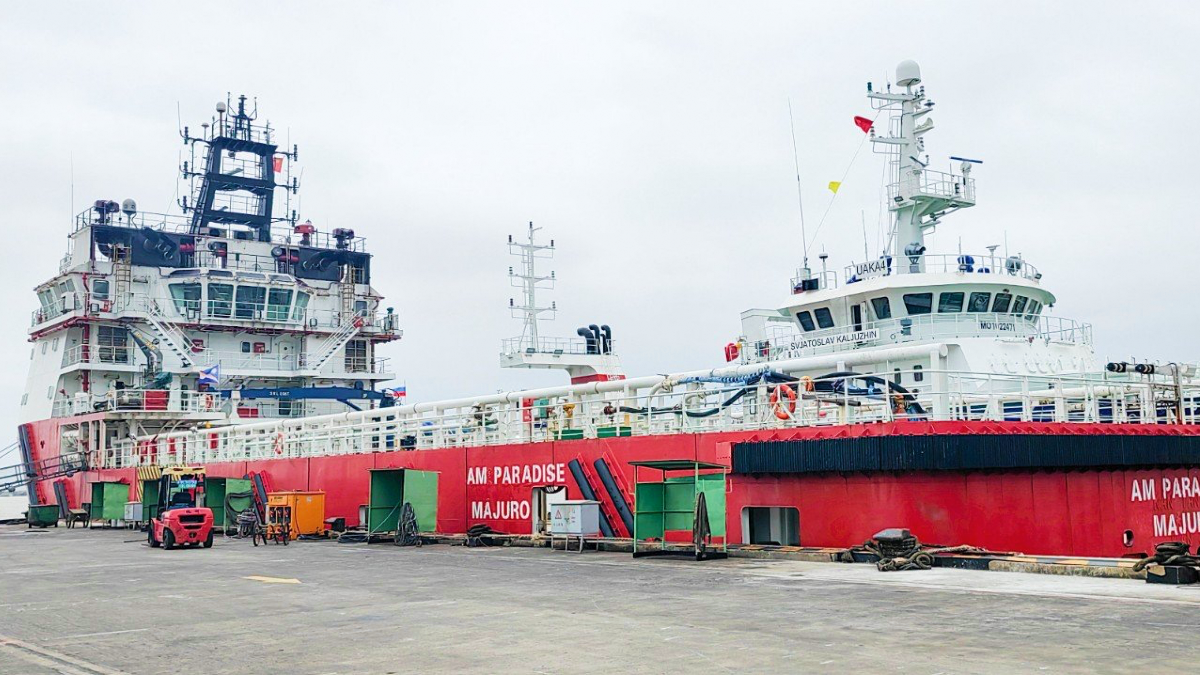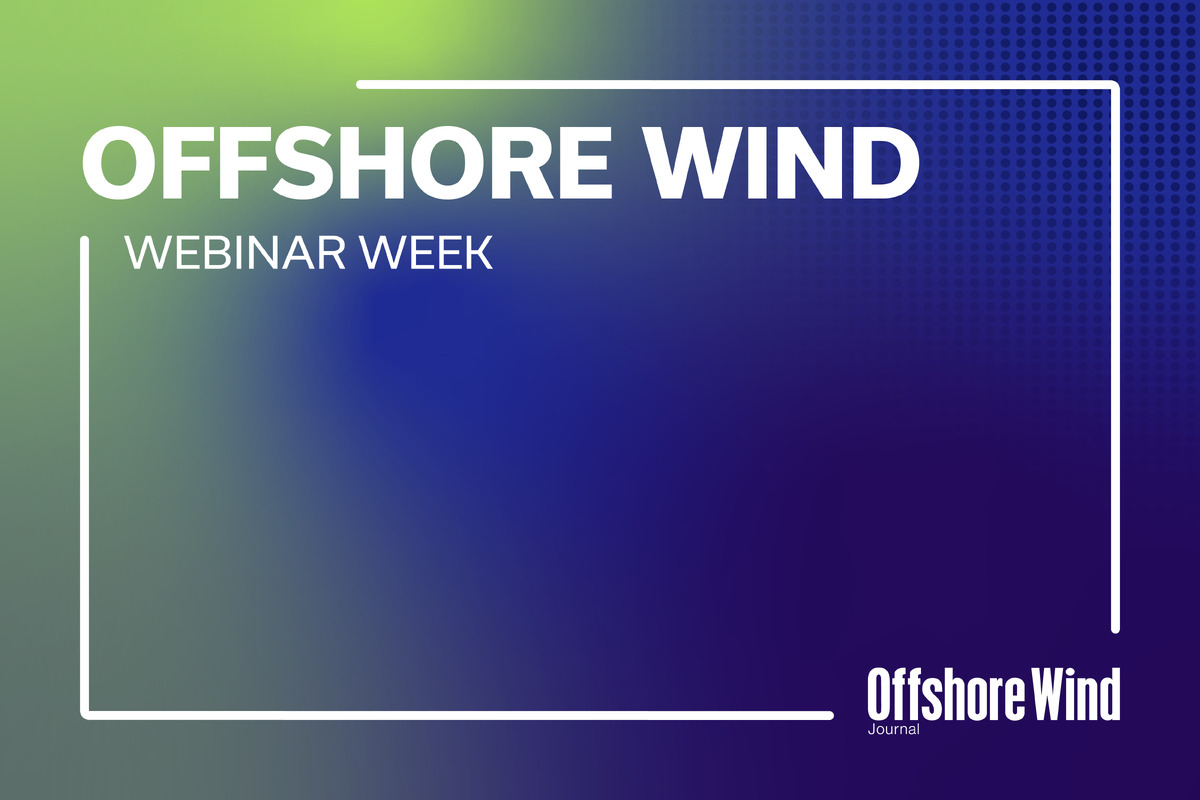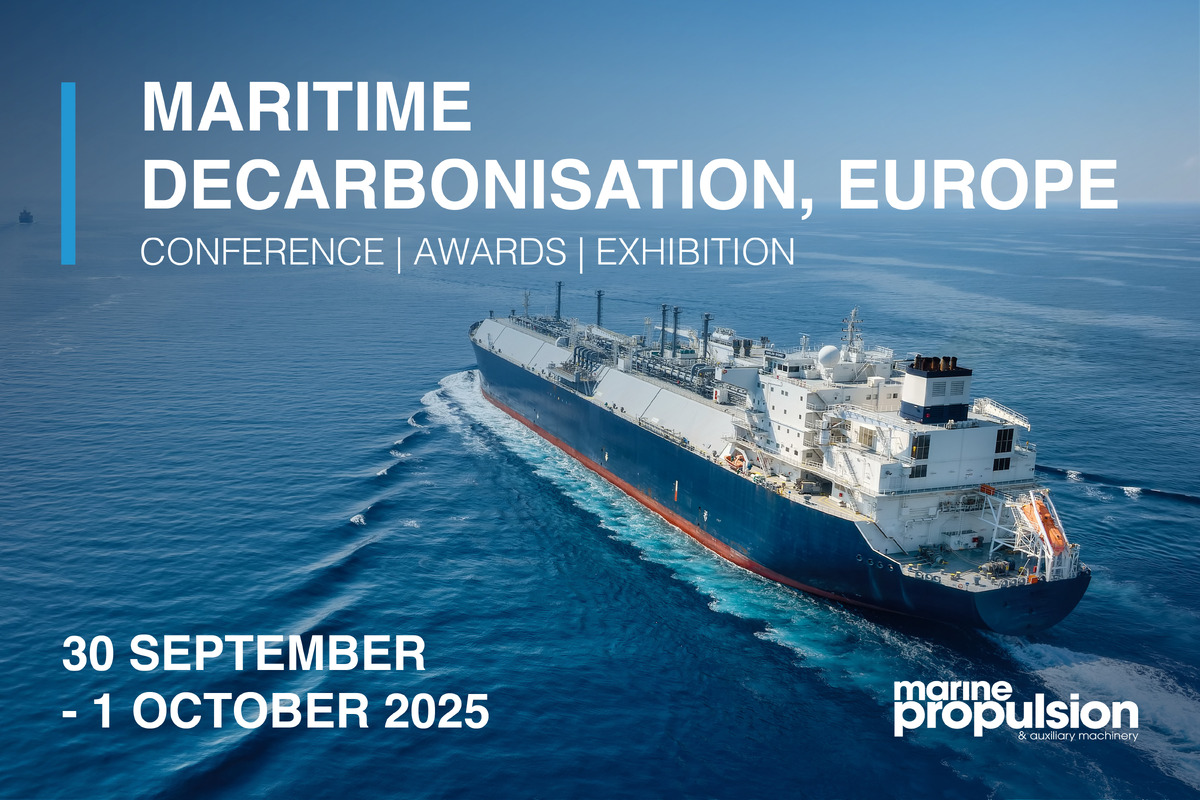Business Sectors
Contents
Norway sets out green shipping policies and budget
A specialist director at the Norwegian Ministry of Climate and Environment told attendees of Riviera’s Maritime Hybrid & Electric, Europe virtual conference there would be “enhanced government spending on green shipping” over the coming years
Director for the Department for Marine Management and Pollution Control Sveinung Oftedal said this information would be within the government’s budget being presented to (Storting) parliament in Oslo next week. “It will be confirmed by parliament, based on the emissions targets, to launch actions and policies,” said Mr Oftedal.
Norway’s government published a white paper last week on green shipping for a smarter maritime future, which is used to determine where investment should be heading in Norway.
“This defines the direction we are going and shows the policies that will enhance what we already have in place,” said Mr Oftedal in the opening spotlight interview of the virtual conference.
This white paper also covers the environmental impact and potential mitigating policies for other sectors outside of maritime, showing how they all interlinked. It provides government with suggestions of policies that would enable Norway to cut greenhouse gas emissions by 50% from 2005 levels by 2030.
“Parliament will assess these requests,” said Mr Oftedal. “Government is taking these requests seriously.”
He predicts Norway’s government will confirm these policies in 2021. “It will start working,” he said.
Other governments worldwide will follow Norway’s lead and include more environmental policies and strategies to reduce emissions in their recovery plans.
“We expect recovery packages will be much greener than previous economic policies,” said Mr Oftedal. “We see investment in low-emissions solutions as we have challenging emissions targets to meet. Environment is key on national and international levels for the transition in maritime.”
Following this interview, in a session sponsored by naval architects Navtek, Norwegian Maritime Authority project manager for innovation and new technology Kolbjørn Berge outlined the challenges ahead to meet Norway’s emissions reduction goals.
He said the authority produced a Green Shipping Programme, under the instruction of the Ministry of Climate and Environment, “to establish a service office to assist both shipowners and charterers to find green solutions”.
“The ultimate goal is to get to net zero emissions,” said Mr Berge. “To get that, we need to do what we can to change fuels. We cannot get to zero emissions through just energy efficiencies.” IMO has set targets to reduce carbon intensity in shipping in 2040 and 2050.
But there are challenges to each type of fuel, whether it is flammability of hydrogen, toxicity of ammonia or the risk of gas development from lithium-ion batteries.
Shipping needs to collaborate to overcome these. “We need a technical shift, with different fuels for each vessel type,” said Mr Berge. “For some vessels methanol or hydrogen could be the solution. But it is difficult to predict what will be the future fuels, so it is important to co-operate to find solutions.”
Whichever the solution, there will be higher capital and operational expenditures.
“Shipowners should expect the transition to green shipping will increase the cost and complexity of vessels,” said Mr Berge. “There will be a focus on lowering emissions and sustainable shipping from consumers and charterers. Beyond 2025, there will be significantly stricter requirements. Before ordering a newbuild, address this opportunity to be best in class. Either ask us for assistance or the Green Shipping Programme’s service office.”
During this session, Maritime Strategies International senior offshore analyst Dr Ferenc Pasztor outlined the current status and outlook for green fuels in the European shipping industry.
He explained the downsides of some fuel options, adding, “LNG is not always seen as a transitional fuel” because of concerns over methane slip.
LPG has gained interest, but mostly for gas carriers. Hybrid propulsion with batteries is increasingly finding favour in offshore support vessels because of their use for peak shaving and redundancy during dynamic positioning.
“100% batteries is mostly in the ferry sector,” Dr Pasztor said. “But technology is being held back in other shipping sectors by the cost of batteries.”
He showed how battery costs had fallen from US$1,160 per kWh in 2010 to US$156 per kWh in 2019 and should be less than US$100 per kWh in 2024.
“Lithium ion costs will be the main barrier to future use of batteries,” said Dr Pasztor. “However, future use of batteries is expected to sharply increase to support ship fuels to reduce consumption and costs.”
Riviera’s Maritime Hybrid & Electric, Europe is a unique three-day virtual event examining the latest innovations in electric vessel technology and how they can provide significant reductions in fuel consumption, maintenance costs and emissions..
Related to this Story
Events
Maritime & Offshore Community Golf Day 2025
Offshore Wind Webinar Week
Maritime Decarbonisation, Europe: Conference, Awards & Exhibition 2025
Offshore Support Journal Conference, Americas 2025
© 2024 Riviera Maritime Media Ltd.

